JPMorgan to Buy Bear for $2 a Share
 Sunday, March 16, 2008 at 10:12PM
Sunday, March 16, 2008 at 10:12PM Also see: Stocks Tumble Around the World!
Just four days after Bear Stearns Chief Executive Alan Schwartz assured Wall Street that his company was not in trouble, he was forced on Sunday to sell the investment bank to competitor JPMorgan Chase for a bargain-basement price of $2 a share, or $236.2 million.
The stunning last-minute buyout was aimed at averting a Bear Stearns bankruptcy and a spreading crisis of confidence in the global financial system sparked by the collapse in the subprime mortgage market. Bear Stearns was the most exposed to risky bets on the loans; it is now the first major bank to be undone by that market's collapse.
The Federal Reserve and the U.S. government swiftly approved the all-stock buyout, showing the urgency of completing the deal before world markets opened. The Fed also essentially made the takeover risk-free by saying it would guarantee up to $30 billion of the troubled mortgage and other assets that got the nation's fifth-largest investment bank into trouble.
"This is going to go down in very historic terms," said Peter Dunay, chief investment strategist for New York-based Meridian Equity Partners. "This is about credit being overextended, and how bad it is for major financial institutions and for individuals. This is why we're probably heading into a recession."
JPMorgan Chase & Co. said it will guarantee all business — such as trading and investment banking — until Bear Stearns' shareholders approve the deal, which is expected to be completed during the second quarter. The acquisition includes Bear Stearns' midtown Manhattan headquarters.
JPMorgan Chief Financial Officer Michael Cavanaugh did not say what would happen to Bear Stearns' 14,000 employees worldwide or whether the 85-year-old Bear Stearns name would live on after surviving the Great Depression, two World Wars and a slew of recessions. He told analysts and investors on a conference call that JPMorgan was most interested in buying Bear Stearns' prime brokerage business, which completes trades for big investors such as hedge funds.
At almost the same time as the deal for control of Bear Stearns was announced, the Federal Reserve said it approved a cut in its lending rate to banks to 3.25 percent from 3.50 percent and created another lending facility for big investment banks. The central bank's official meeting is on Tuesday. Before the emergency move to lower the discount rate, which is the rate at which banks lend each other money, the Fed was widely expected to again cut its headline rate by as much as a full point to 2 percent.
"Having taking Bear Stearns out of the problem category, and the strong action by the Federal Reserve, we would anticipate the market will behave quite differently on Monday than it was Thursday or Friday," Cavanaugh said.
Some analysts expected it to be a brutal day for global stocks, nevertheless. Shortly after the news broke, Japan's benchmark Nikkei stock index plunged more than 3 percent in morning trading.
A bankruptcy protection filing of Bear Stearns could have heightened anxiety in world financial markets amid a deepening credit crunch. So far, global banks have written down some $200 billion worth of securities slammed amid the credit crisis — more write-downs could come. Last week, a bond fund controlled by private equity firm Carlyle Group faltered near collapse because of investments linked to mortgage-backed securities.
JPMorgan's acquisition of Bear Stearns represents roughly 1 percent of what the investment bank was worth just 16 days ago. It marked a 93.3 percent discount to Bear Stearns' market capitalization as of Friday, and roughly a 98.8 percent discount to its book value as of Feb. 29.
"The past week has been an incredibly difficult time for Bear Stearns," Schwartz said in a statement. "This represents the best outcome for all of our constituencies based upon the current circumstances."
Wall Street analysts say the bid to rescue Bear Stearns was more than just saving one of the world's largest investments banks — it was a prop for the U.S. economy and the global financial system. An outright failure would cause huge losses for banks, hedge funds and other investors to which Bear Stearns is connected.
After days of denials that it had liquidity problems, Bear was forced into a JPMorgan-led, government-backed bailout on Friday. The arrangement, the first of its kind since the 1930s, resulted in Bear getting a 28-day loan from JPMorgan with the government's guarantee that JPMorgan would not suffer any losses on the deal.
This is not the first time Bear Stearns has earned a place in Wall Street history. A decade ago, Bear Stearns refused to help bail out a hedge fund that was deemed "too big to fail." On Friday, the tables had turned, with the now-struggling investment bank in need of the same kind of aid.
Bear Stearns was founded in 1923 and in recent years was best known for its aggressive investing in mortgage-backed securities — and what was once a cash cow turned into the investment bank's undoing.
In June, two Bear-managed hedge funds worth billions of dollars collapsed. The funds were heavily invested in securities backed by subprime mortgages. Until that point, subprime mortgage-backed securities were immensely popular with investors because of their profitability.
The funds' demise and subsequent problems in the credit markets called into question Bear Stearns' ability to manage its own risk and the leadership ability of then-Chief Executive James Cayne. Critics of the company said Cayne spent too much time away from the office last year playing golf and bridge as the problems unfolded.
Cayne is the same executive who refused to let Bear Stearns provide support as part of a Federal Reserve-led plan to rescue Long-Term Capital Management in 1998. His reticence was said to deeply anger some of his fellow Wall Street CEOs, and the episode came up every time Bear was reported to be in trouble in recent months.
Cayne took over from the legendary Alan "Ace" Greenberg in 1993. Greenberg joined Bear Stearns as a clerk, working his way up through the ranks to eventually take over as CEO in 1978. Greenberg was known for his irreverent style, and his regular memos to employees were turned into a book called "Memos from the Chairman."
Before Greenberg's ascendancy to CEO, Bear Stearns began to expand from its New York roots throughout the 1950s and 1960s, opening international offices and expanding its U.S. operations.















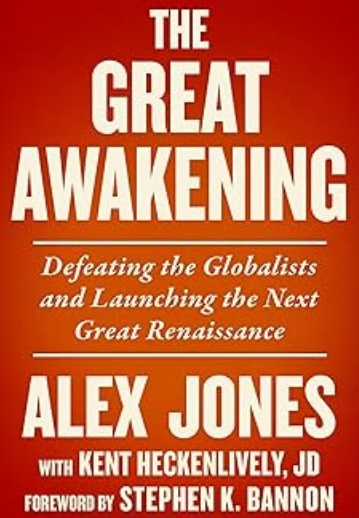













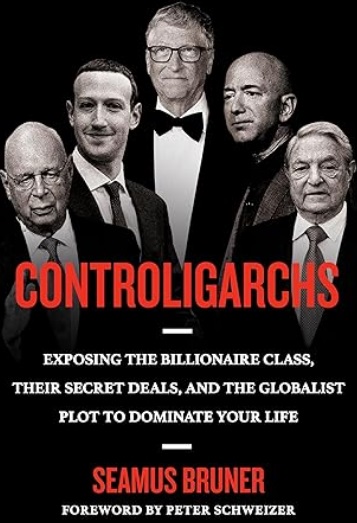

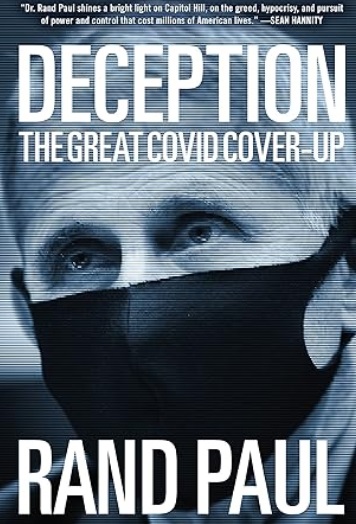














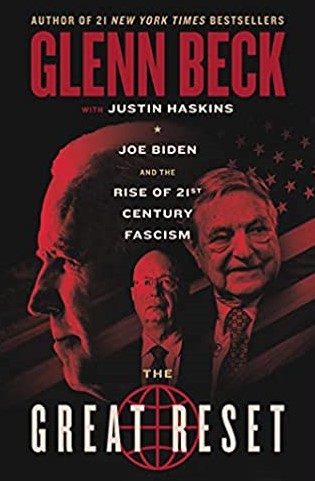








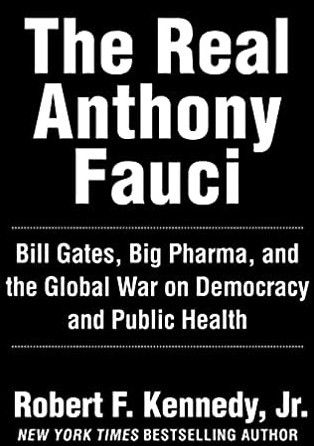


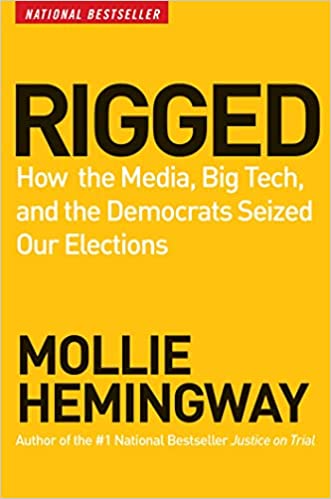










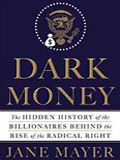













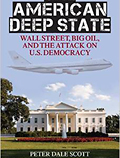








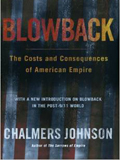









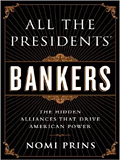





























Reader Comments